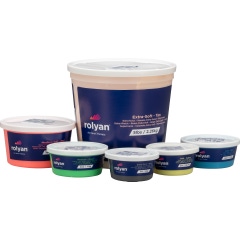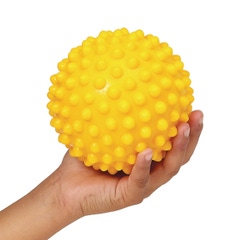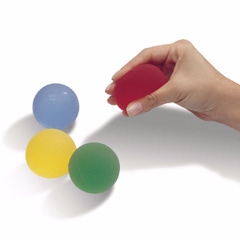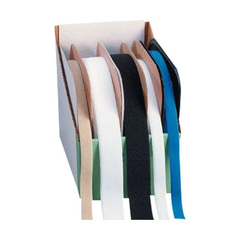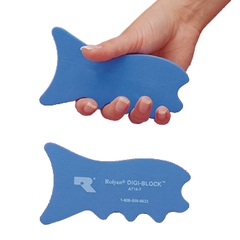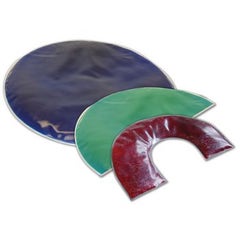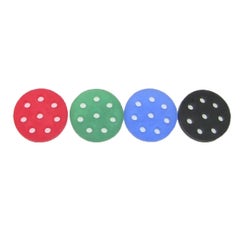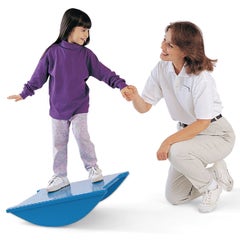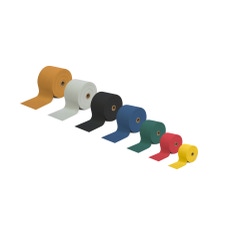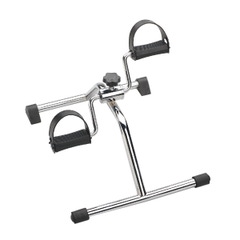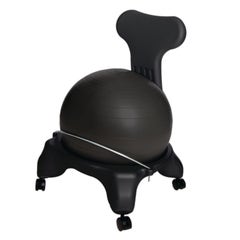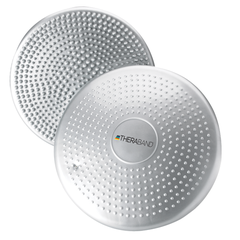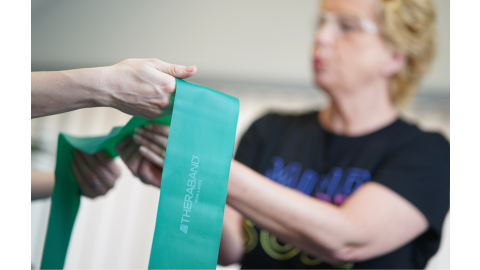Do you mindlessly click your pen during meetings? Or maybe you like to tap your fingers or fiddle with your headphones? Plenty of adults fidget during their daily lives and it would be crazy to expect children not to do the same. But some forms of fidgeting can be distracting or inappropriate in a classroom setting.
School-based occupational therapists use meaningful activities to help students focus on academics, play and leisure, and social participation. Working with teachers to incorporate classroom appropriate fidgets can help students focus during lectures, schoolwork, and tests without distracting others!
Share this with teachers in your school to introduce the use of sensory tools for the classroom!
What are fidget tools (fidget toys)?
Fidget tools. Sensory gadgets. Concentration tools. These devices go by many different names and come in different forms. But all of the tools can be used to make small movements, usually by using your hands or feet, and often offer tactile input too.
Calling them “fidget tools” instead of “fidget toys” can help remind your students of their purpose. They aren’t for playing; the tools can help with self-regulation, attention, and calming.
What students can benefit from fidget tools?

Many teachers find all of their students benefit from having the option to use fidget tools. Teachers especially appreciate them in elementary grades where many students have higher levels of energy and few opportunities to use it up during P.E. class or recess.
Children with autism may find using fidget tools soothing and calming as the tools helps them meet their sensory needs. For children with ADHD, sensory gadgets are great tools as they provide a movement outlet that allows the child to focus and concentrate better. Some people with anxiety also benefit from using fidget tools.
Is there research proving fidget tools improve attention or concentration?

There is plenty of anecdotal evidence that shows other teachers think fidget tools help their children during class. But what is the research on using fidgets in the classroom?
Study 1
Title: Using Stress Balls to Focus the Attention of Sixth-Grade Learners
Participants: 29 sixth grade language arts class students
Results: Distractions and inattention decreased when using the stress ball during both direct instruction and independent practice. The students’ writing scores increased by 2% compared to the previous grading period. In the past, grades typically decreased during this grading period due to heavy emphasis on a research paper.
Many of the students surveyed felt that the stress ball helped them and it was especially useful for kinesthetic learners. Additionally, peer interaction improved, especially for students who learn kinesthetically or have ADHD.
Study 2
Title: A Trial by Trial Analysis Reveals More Intense Physical Activity is Associated with Better Cognitive Control Performance in Attention-Deficit/Hyperactivity Disorder
Participants: 44 children between the ages of 10 and 17, with ADHD or typically developing, with no psychiatric comorbidity or significant learning disorders
Results: This study measured activity using an actometer on participants’ ankles while performing a flanker paradigm. The flanker task requires participants to focus on the central symbol and identify it while the other symbols surrounding it are congruent (>>>>>), incongruent (<<><<), or neutral (++>++).
The study found that children with ADHD had higher intensity movements during their correct trials compared to their incorrect trials. In contrast, the typically developing group showed no within group differences.
The findings suggest that the excessive motor activity associated with ADHD symptoms may reflect compensatory efforts by people with ADHD to focus their attention and increase their alertness.
Research Recap
More research is needed to discover if fidgeting objects can help improve attention. The first study suggests they can help all children concentrate. The second study suggests they are probably more helpful for students with ADHD. Trying them in your classroom allows you to see if fidget tools are another way you can help your students learn.
Why are fidget spinners often a poor choice for classroom use?
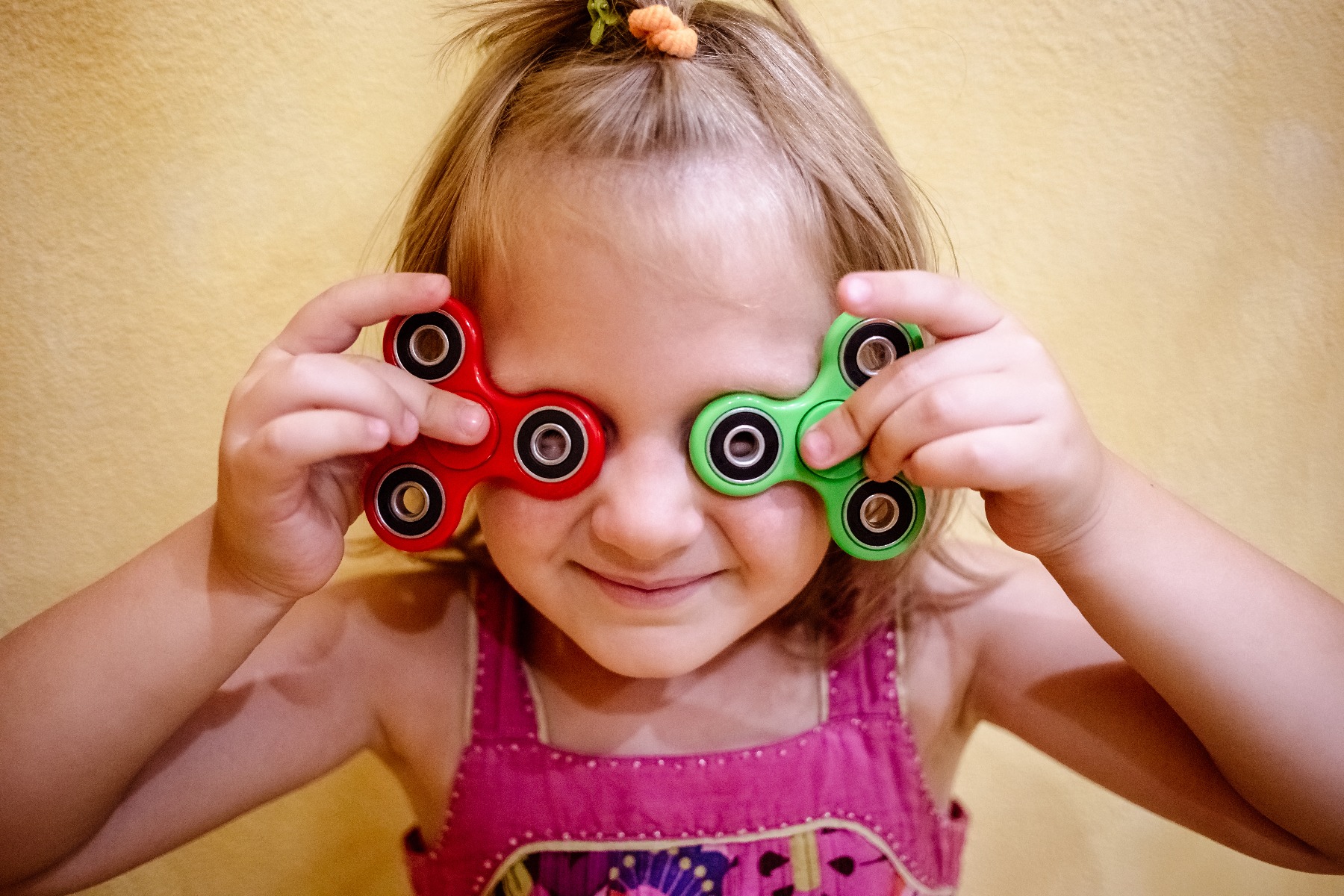
If you’ve survived the crazy 2017 fidget spinner fad in a school setting, you might be reluctant to add in other fidget tools. Some schools banned fidget spinners because they are noisy, and distracting for the user and students around them (especially light up options). Students would even use them as a toy to do tricks.
Schools also had troubles with trading, stealing, and breaking of fidget spinners. Fidget spinners require attention when spinning and doing tricks which interrupts the focus of the entire class - the exact opposite effect of their original purpose.
What makes a good fidget tool?
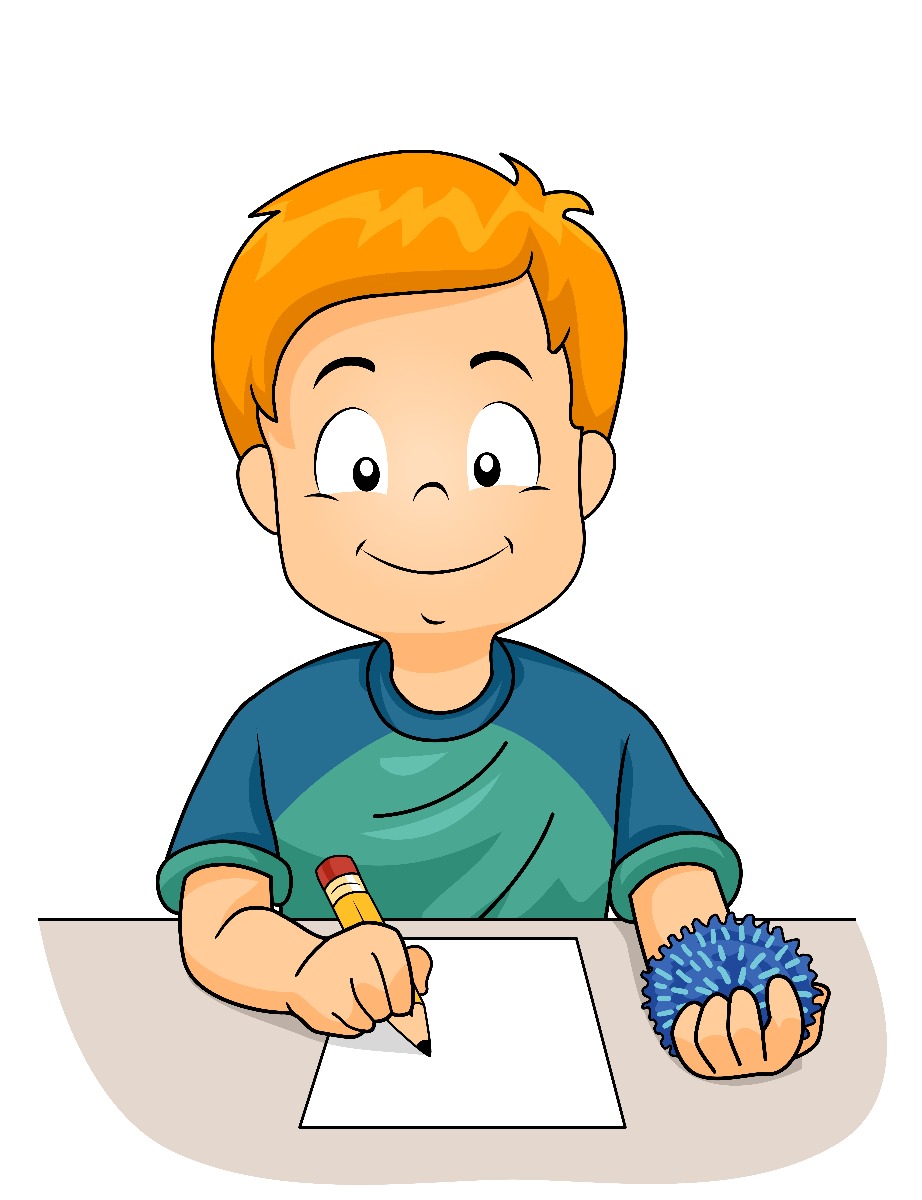
There are other fidget gadgets, beyond fidget spinners, that your students can use to help them focus.
A good fidget tool:
- Is quiet and safe
- Can be used without looking, so the user can focus on the lesson
- Can be used out of other children’s eyesight to eliminate distraction
- Meets your student’s sensory needs (some prefer certain textures while others avoid them)
- Fits your student’s physical abilities (they must have the fine motor skills or strength to use the tool)
- Is relatively cheap (or durable, if more expensive)
From stress balls to squeeze under their desks to resistance bands to kick when tied beneath their chairs, here are our top choices for teacher-approved fidgets that are perfect for the classroom.
15 Fidget Tools for Your Students
For Fidgety Hands

Squishable, rollable, and quiet, therapy putty is an excellent desk buddy/hand fidget tool. Choose smaller containers, write the students’ names on the lid, and let each child keep one at their desk. And at the end of the class, they can just put it back in the container and pop the lid back on, so it’s ready for the next day. Or keep a couple containers of putty in your fidget tools bin and let students try it out.
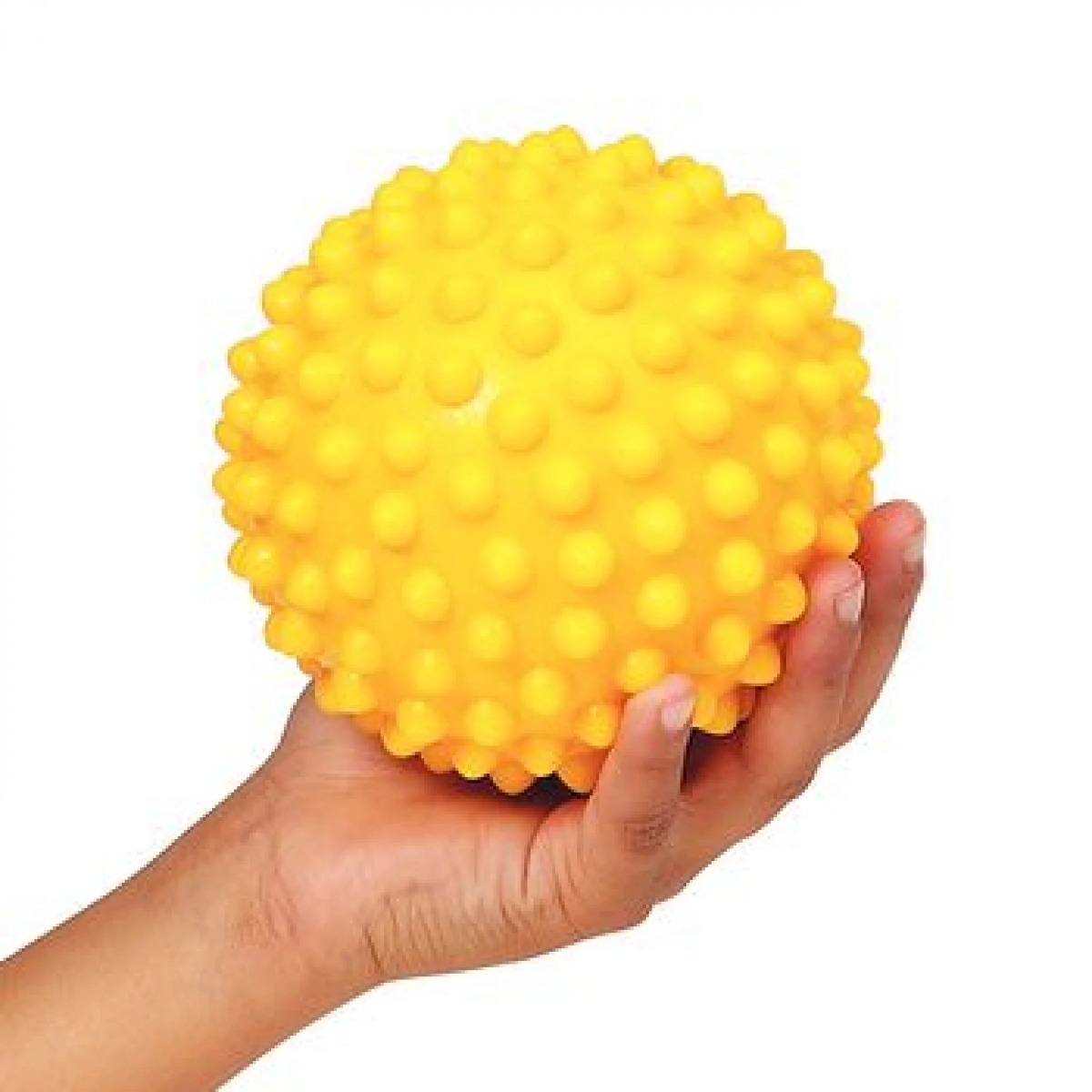
These tactile fidgets are another way to add variety to your tool set. The large diameter ball makes these best for circle time and listening to lessons, rather than during writing exercises. The bumps on the balls offer a fun texture for sensory seekers.
3. Stress Ball

Get back to basics with stress relief squeezies. These adorable smiley face stress balls are a great choice for younger children who may not always follow the directions about using fidget tools appropriately. They are perfect for gentle squeezing to help improve a student’s attention and focus.
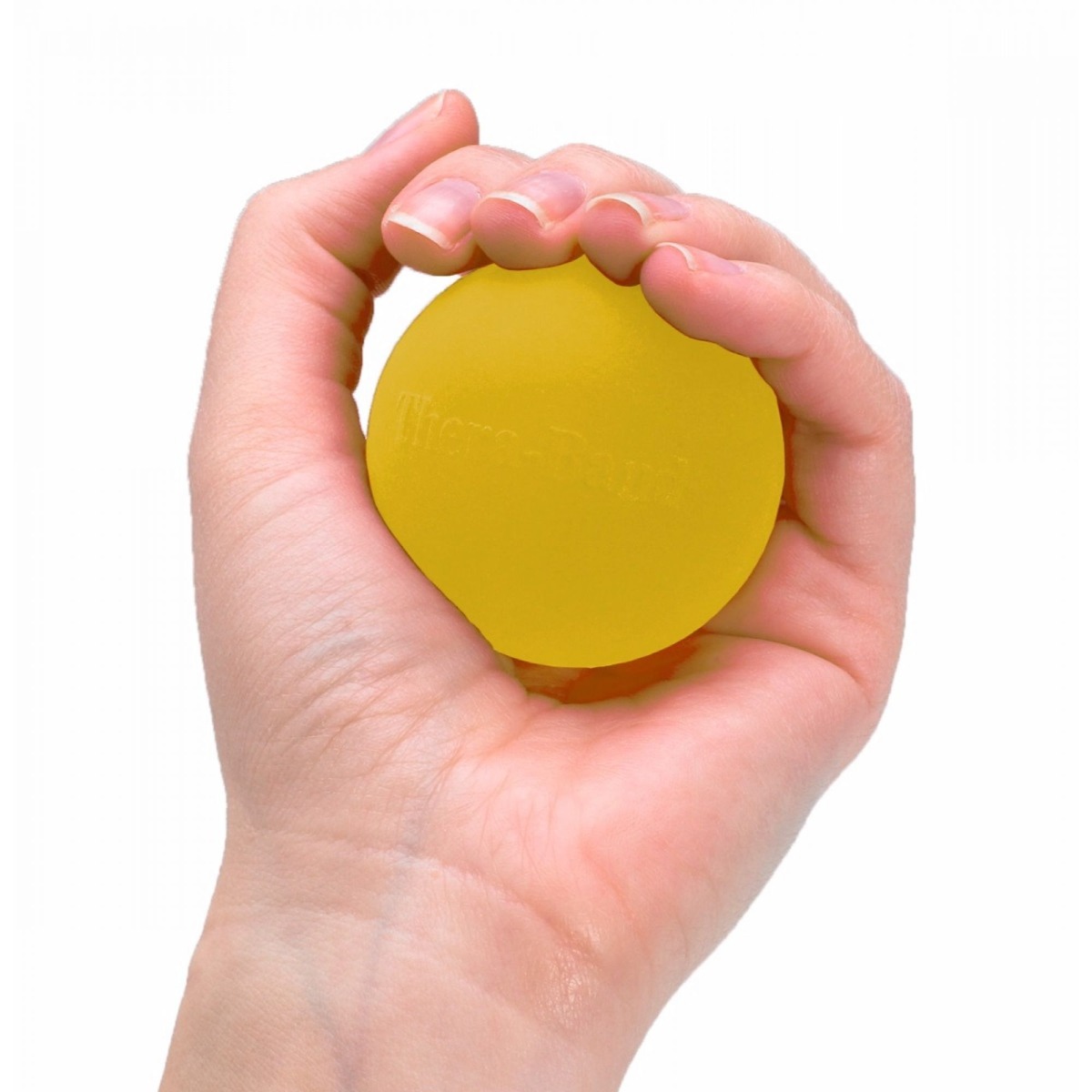
For older students who prefer a stress ball with more resistance, try using THERABAND Hand Exercisers. The soft hand exerciser ball will even strengthen their grip while working as a fidget tool.
5. Rolyan Ultigrip Finger Exercisers
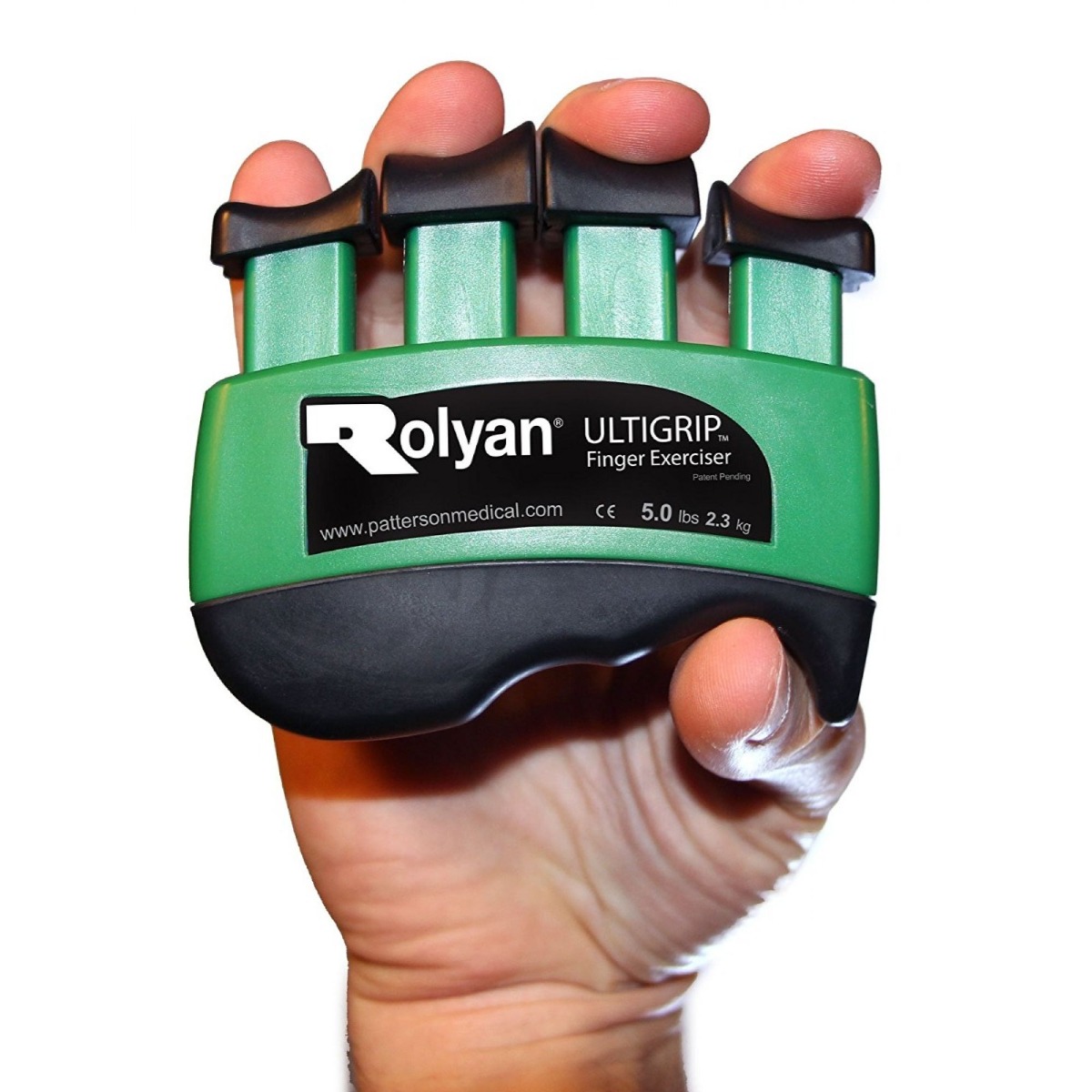
For something more engaging like a fidget spinner without the distraction of kids trying to master tricks, try a hand exerciser or finger fidget. A finger fidget has multiple buttons that can be pushed down individually or all at once. Plus, the resistance will strengthen the student’s hand muscles at the same time.
6. Rolyan Loop
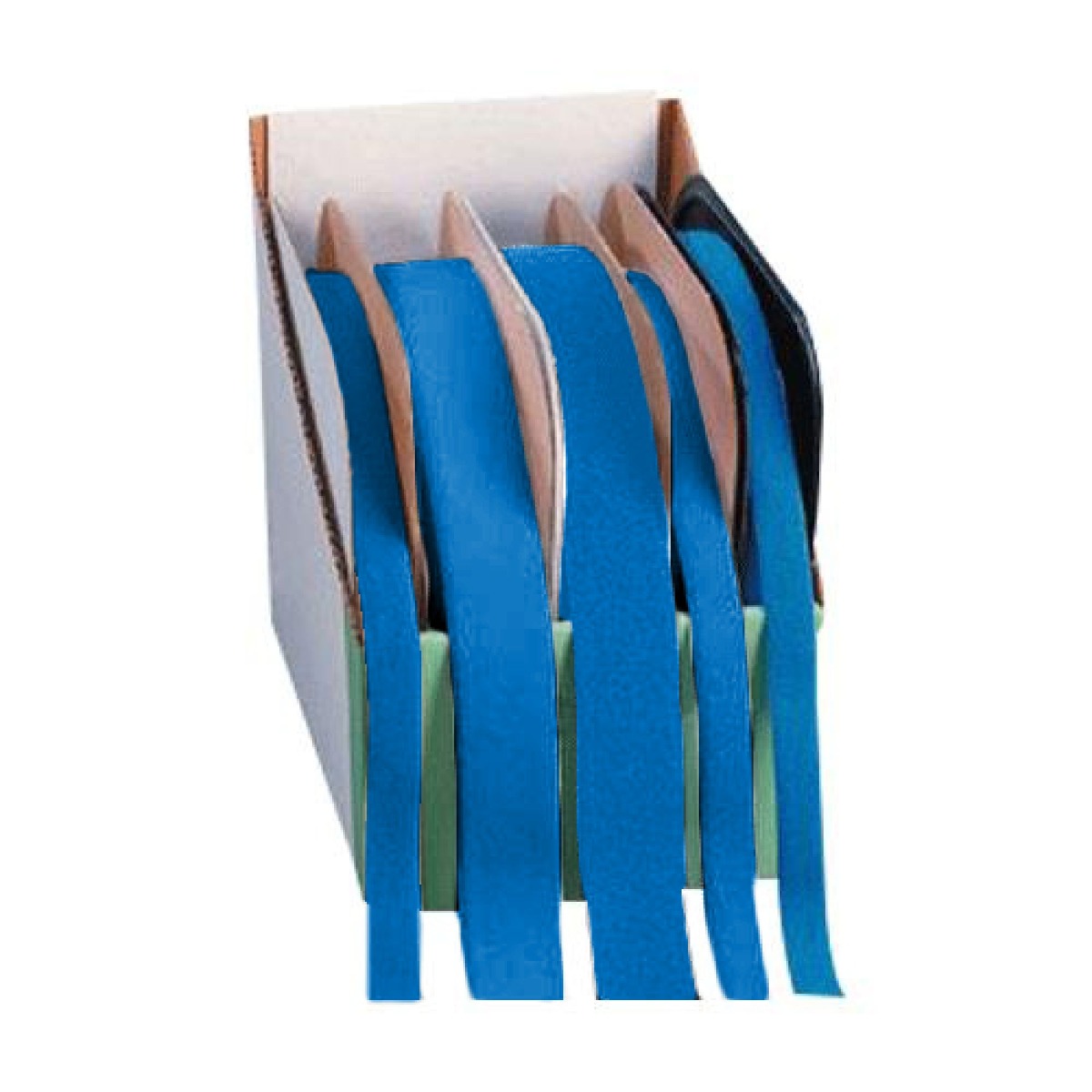
The Rolyan loop is an unobtrusive fidgeting object for the classroom. The soft loop can be attached to the top or underside of your students’ desks where it can be touched without distracting others. This soft material is available in a variety of colors, so you can even choose one that matches your school colors.
7. Rolyan Digi-Block Hand Exerciser
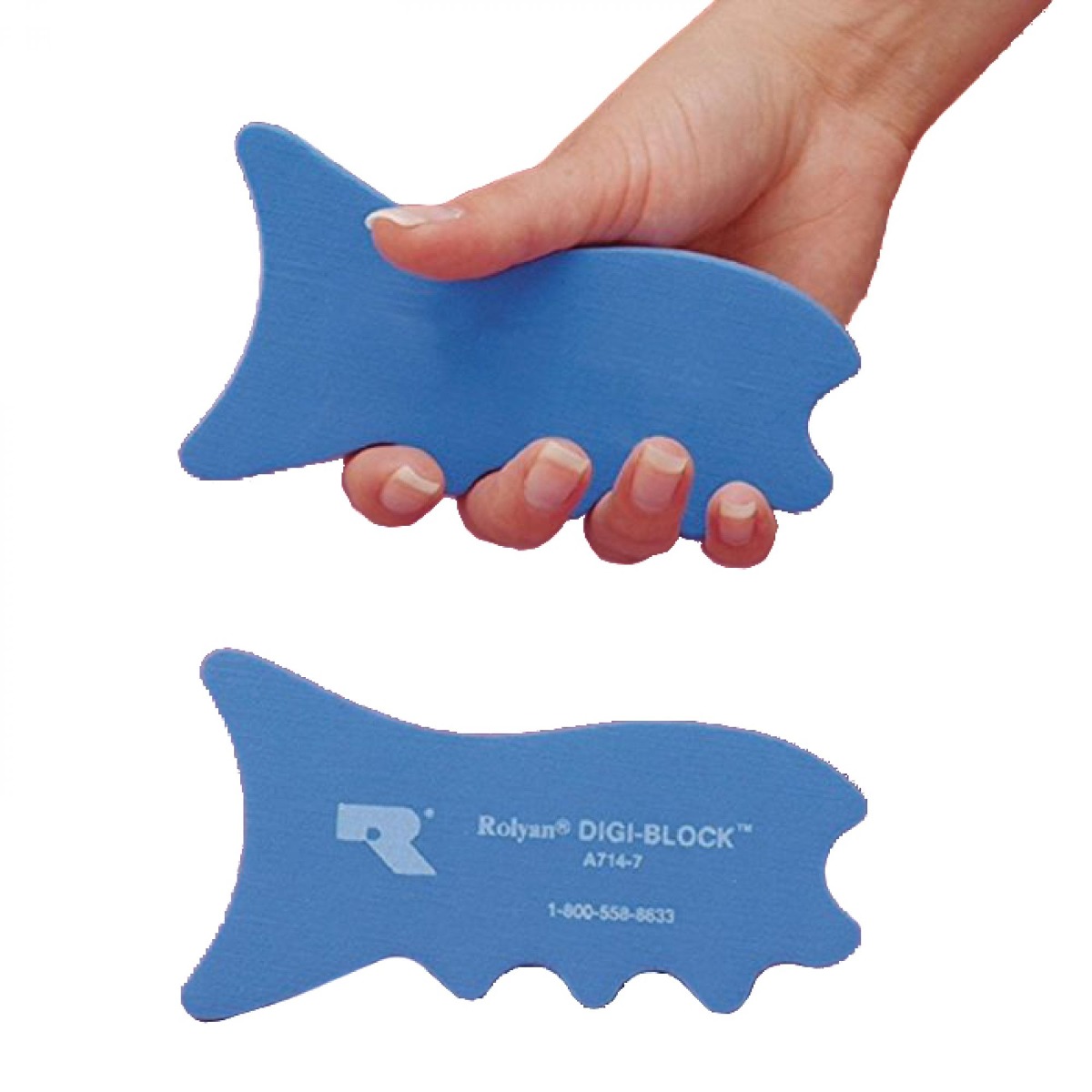
This firm foam aid can be squeezed for fidgeting and finger strengthening. The grip separator bumps can also be traced with a finger for another fidgeting option.
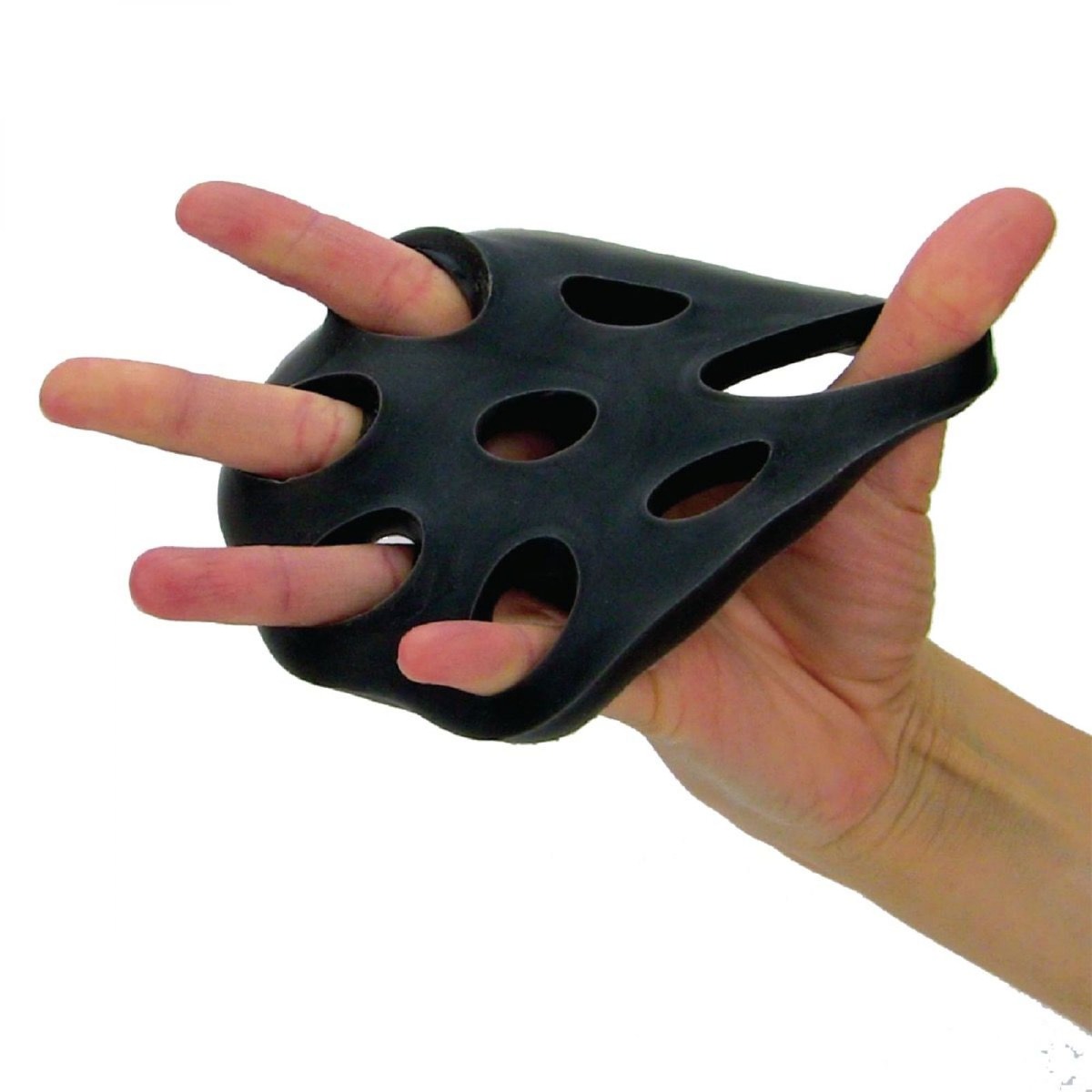
Students can squeeze and pull this Xtrainer to stretch their fingers and focus their minds. Available in four resistance levels, this tool can be used with students of all ages from elementary school through high school.
For Tapping and Bouncing Feet
9. Tumble Forms 2 Soft-Top Rocker Balance
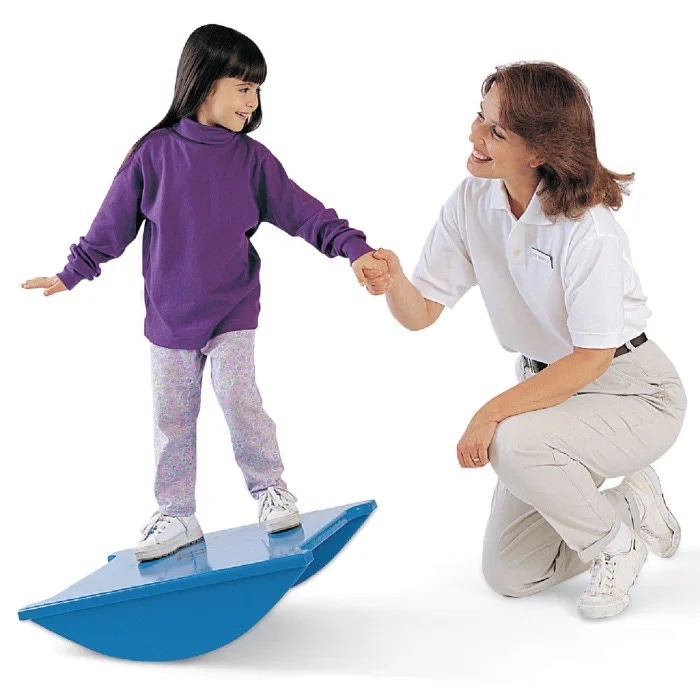
When sitting at a desk, active feet can be corralled with the Tumble Forms Rocker. With a foam cushion top that is nonslip and nonabrasive, this tool allows students to use up fidgety energy during desk work without disturbing others. Position your students for success!
10. THERABAND Professional Non-Latex Resistance Bands
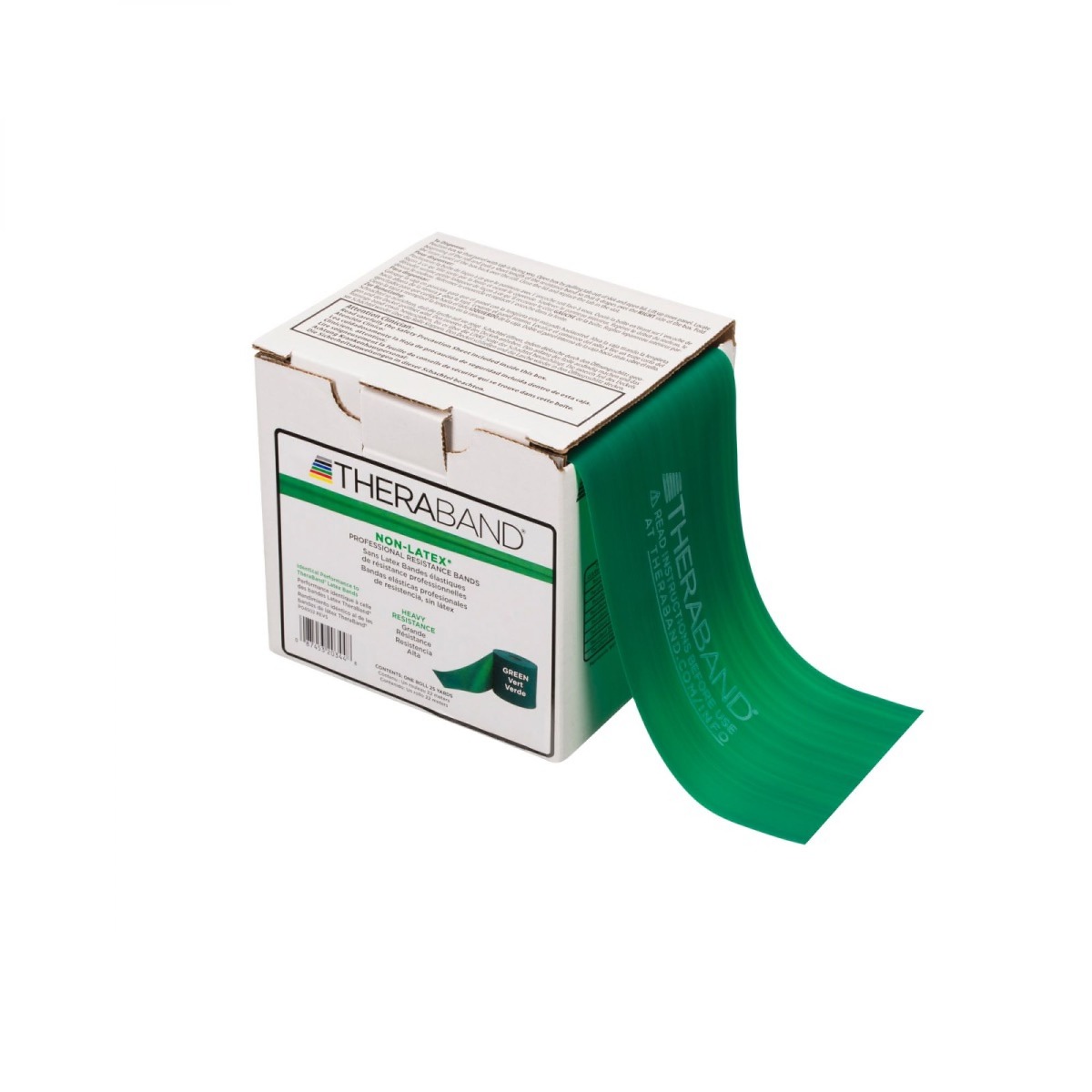
Teachers looking for a more cost effective option should try THERABAND resistance bands. Just cut the band to the correct length and tie it around the front legs of the student’s chair. Students can put their legs behind the band and try to pull their feet forward or rest their feet on top of the band and gently push down. Depending on how much of the band being used, the roll can even be split with a fellow teacher to share the cost.
11. Sammons Preston Pedal Exerciser
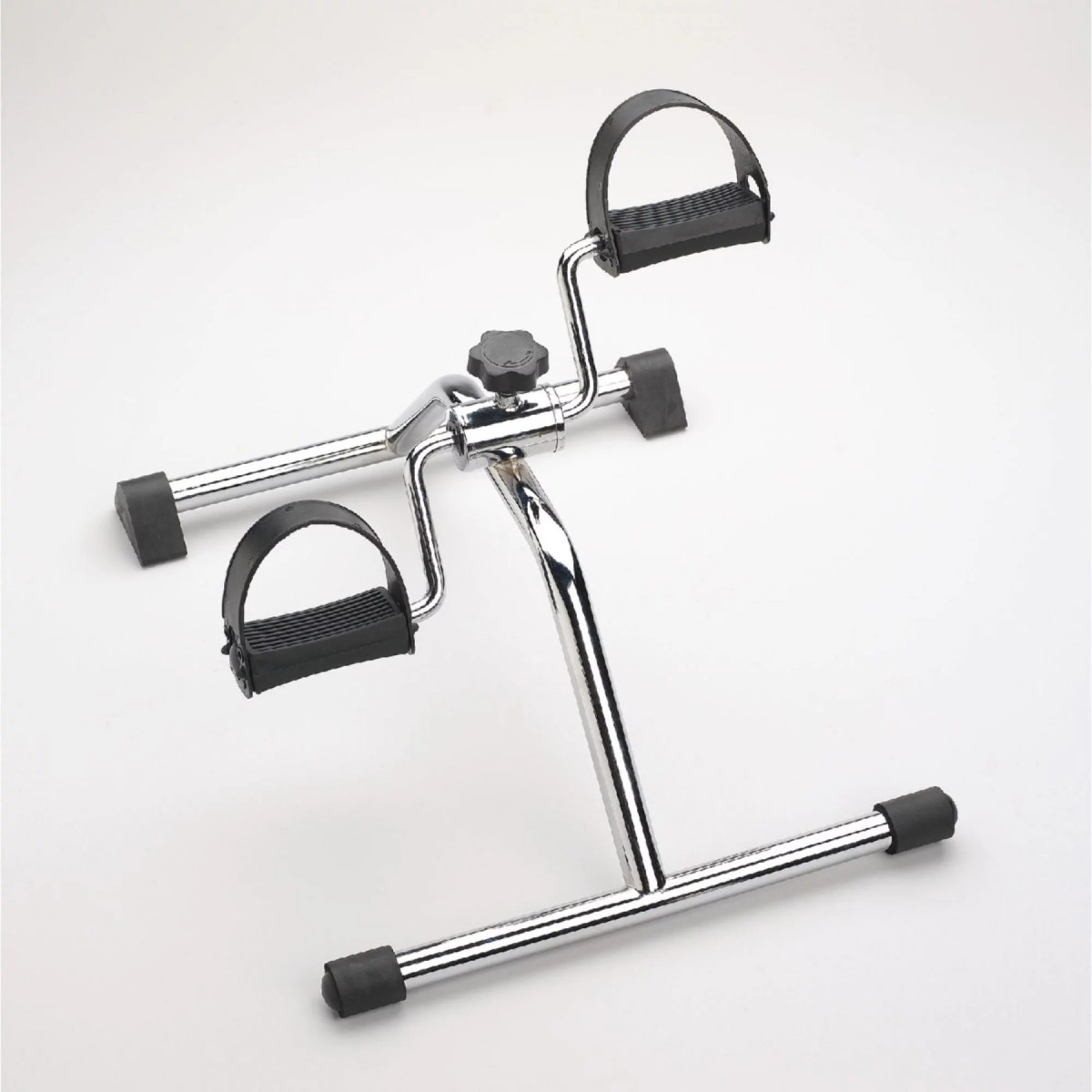
For children with lots of excess energy, a pedal exerciser might be a better choice as a foot fidget for desk work. While durable, it’s a more expensive fidget tool, so it may be better to get a classroom exerciser and have the students take turns using it. Just place it below the desk and let them pedal away while writing or listening!
For Wiggling
12. Rolyan Energizing Exercise Balls
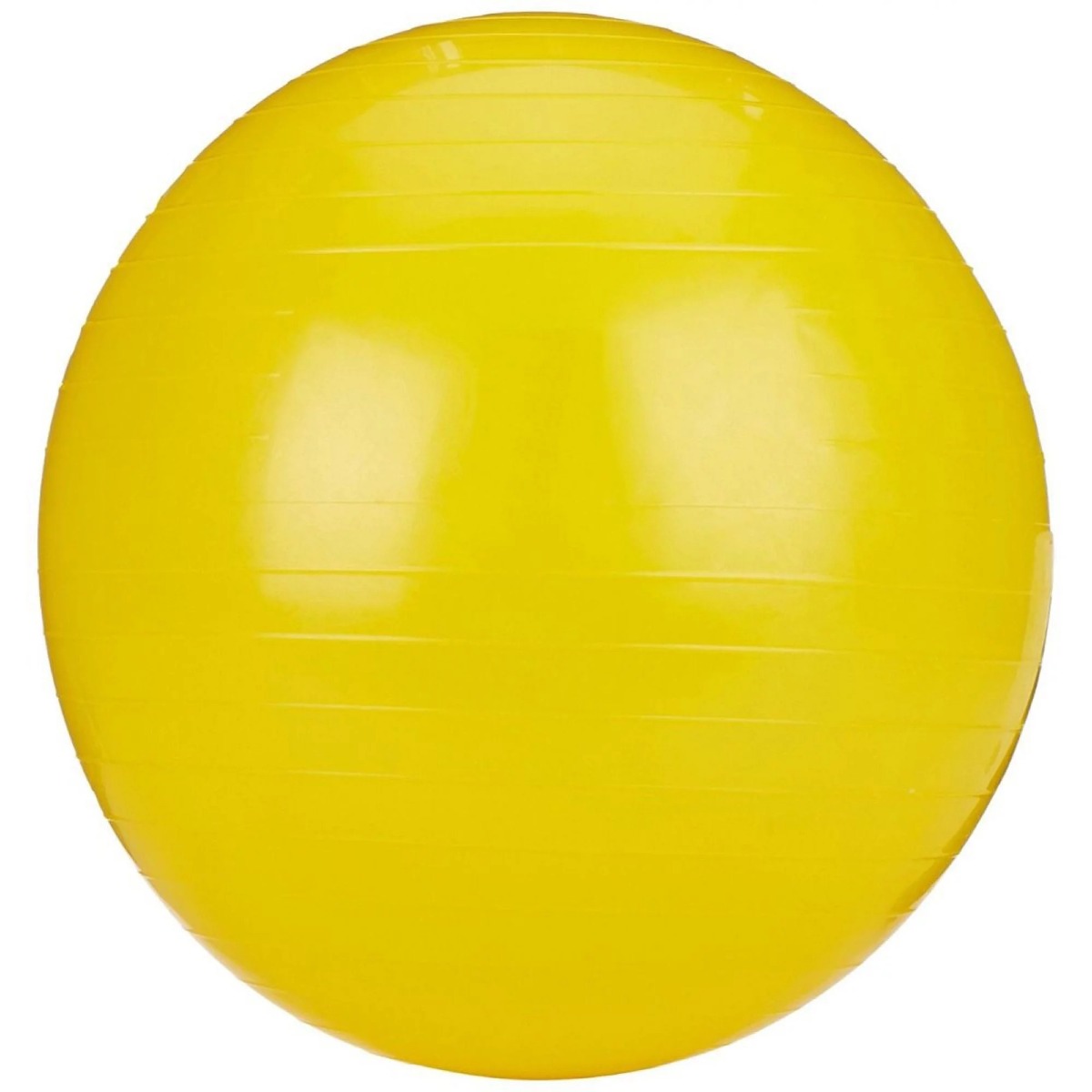
Looking for alternative seating arrangements? Exercise balls require balance and core strength, while allowing children to shift while seated. They’re a great option for students who wiggle in their seats. Let students use them at their desk or add a couple to a designated table where kids can take their work if they need to “get the wiggles out”. Use stackers to keep the balls organized when not in use.
13. Ball Chair
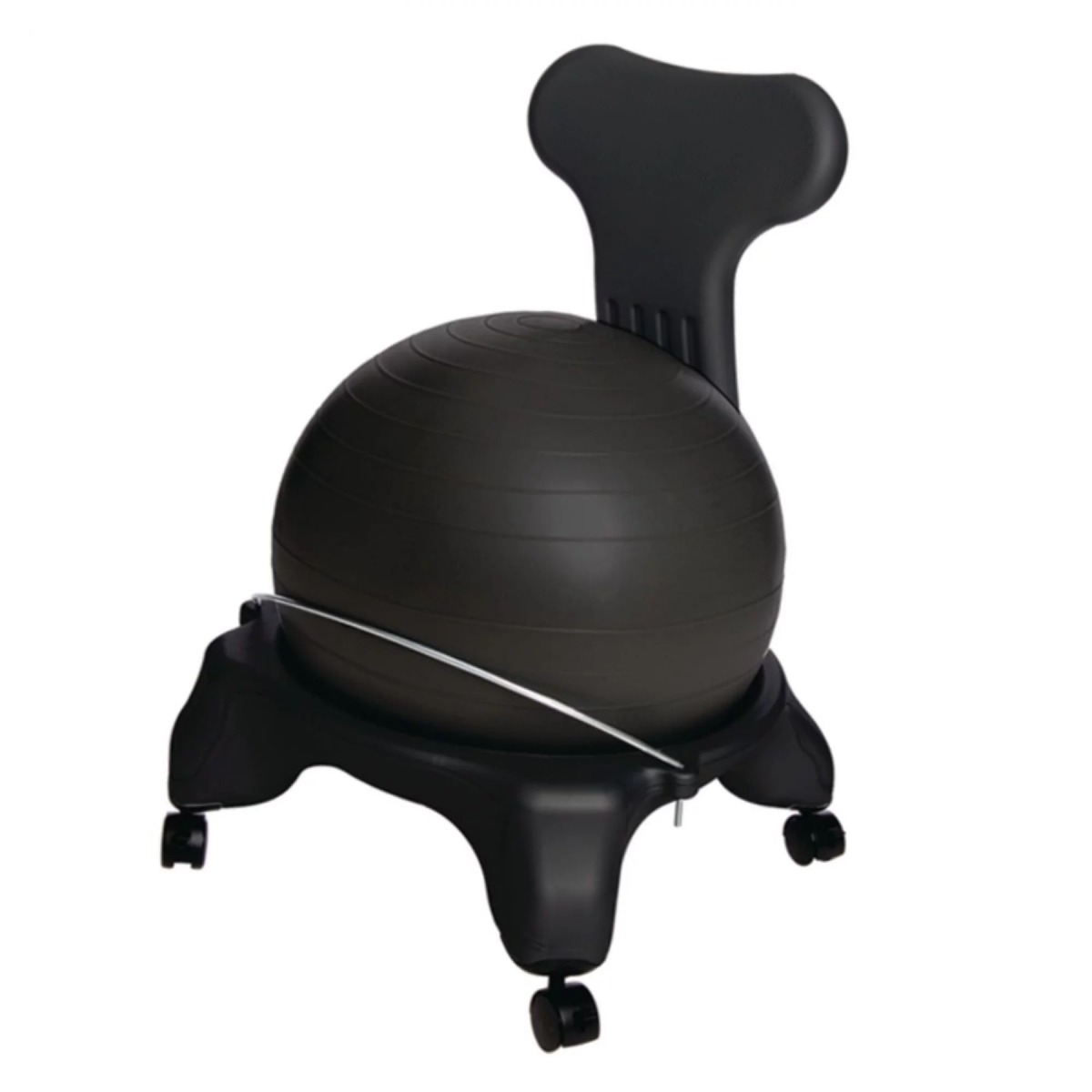
For a seating option that gives a little more support, try this chair which combines an exercise ball and a rolling desk chair in one product. This option is costly for an entire class, but the wheels make it easy to move when sharing between students.
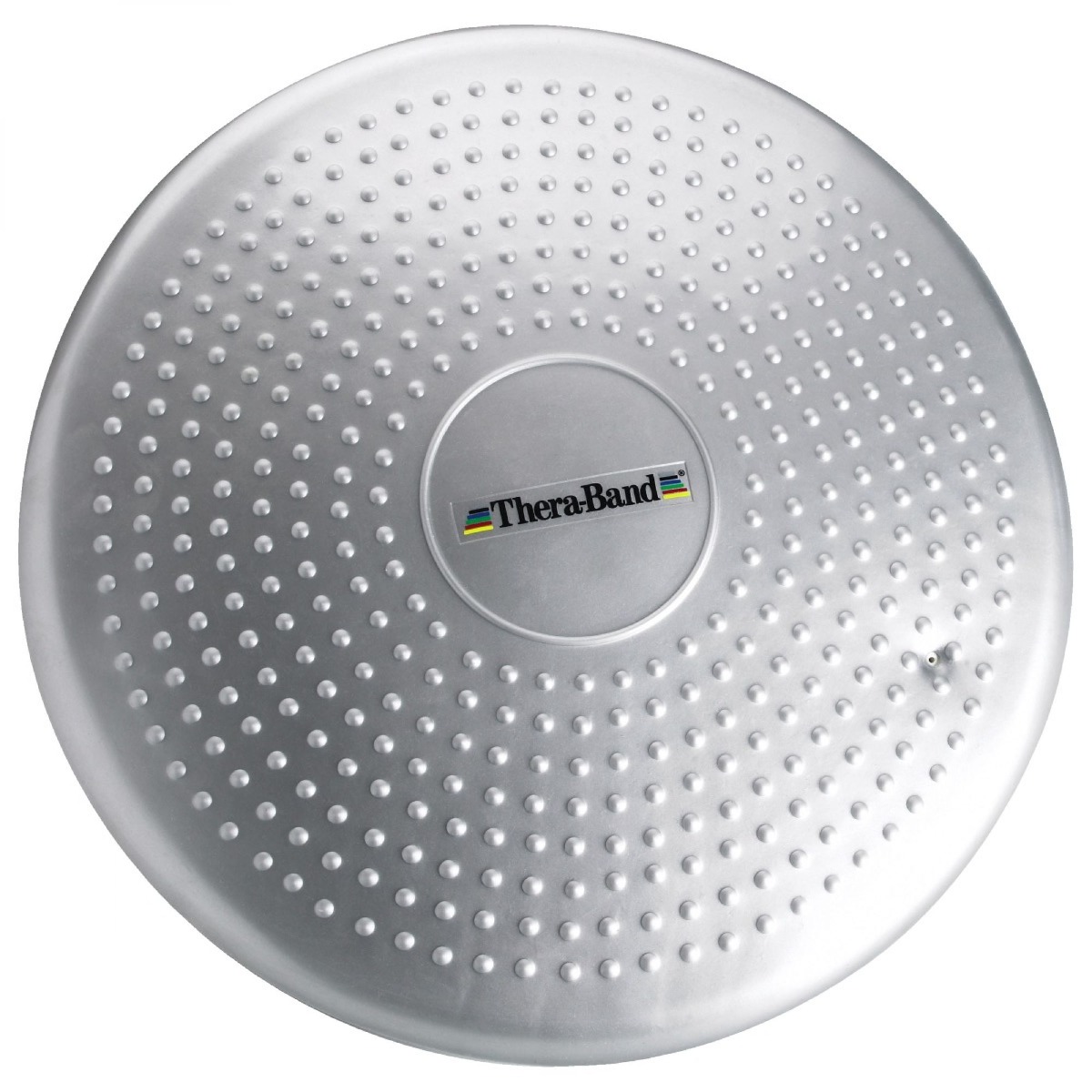
Our top choice for seated movement! Just slip a stability disc onto your student’s chair for active sitting. They offer sensory movement and allow students to fidget around without distracting others. These fidget tools are easier to store than exercise balls, thanks to their smaller size. Plus, they wipe clean to keep the class safe from germs.
15. Weighted Lap Pad
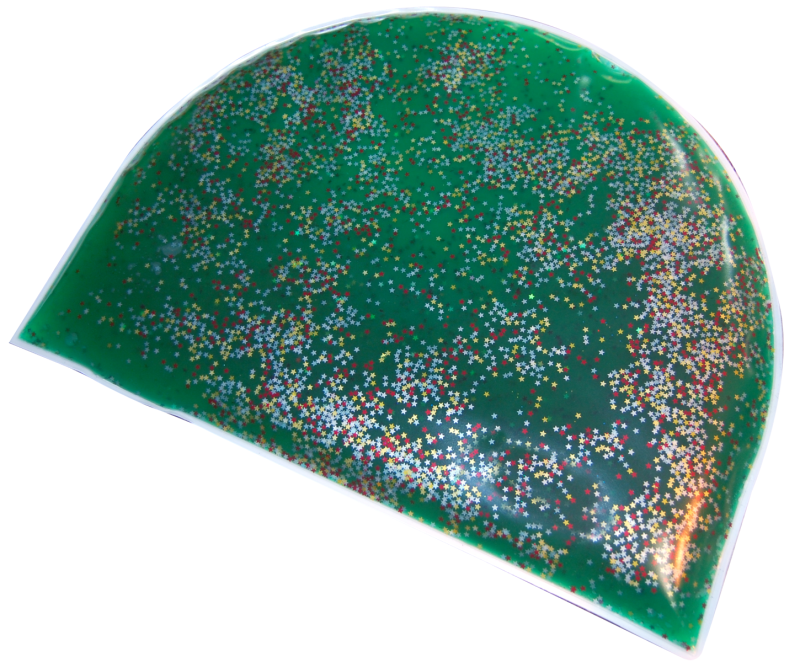
This weighted lap pad provides deep pressure to help reduce fidgeting. The gel-filled pad can also be gently pressed to move the glitter around as a hand fidget when on the lap or on top of a desk.
How to Introduce Fidget Tools & Rules in Your Classroom
Taking the time to introduce fidget tools into the classroom is an important step to make sure they are used appropriately. Start by explaining what fidget gadgets are and how adding them to the classroom can help. Be sure to emphasize that they are not toys and set some guidelines on use. Make it a classroom activity and ask your students to help you come up with ideas.
Example Rules
- Raise your hand to ask if you can use a fidget tool
- Only use the fidgets tools during _________ (listening activities, break times, individual work, anytime after you have asked the teacher for permission, etc.)
- Take good care of our fidget tools
- Hand fidget tools are meant to be held, not thrown, tossed, dropped, or bounced
- Fidgets should be used just for you, don’t distract other classmates or interfere with their learning
- If the fidget tool is used inappropriately as a toy or is distracting others, it will be taken away
- Share the fidgets and take turns
- When not in use, you need to keep them out of sight and put them back (inside their desk or in a fidget box)
- Choose when to use the fidgets wisely, only use the item if it will help you focus, pay attention, and be more productive
Others Tools to Increase Your Students’ Focus
If your students struggle with paying attention, a digital timer can help keep students on task. The visual timer can be used by children who don’t know how to tell time. Set it for work blocks and set goals, like having three ideas written down or completing five math problems before the timer goes off.
Talk to the occupational therapist (OT) at your school about the benefits of incorporating heavy work, weighted lap pads or vests, or compression vests to your classroom before implementing it in your classroom.
Heavy work can help increase attention. It can be as simple as having a student take a stack of textbooks and pass them out to the rest of the class. You can even have them carry the objects to another buddy teacher in the building (after letting them know what’s going on and that you will collect them later). THERABAND Soft Weights are another option for heavy work lifting. Have students hold and lift them during circle time.
Weighted vests and compression vests can also help some students feel more grounded and focused. The proprioceptive input from a weighted critter (whale, butterfly, caterpillar, or dinosaur) or weighted gel lap pad can have a similar effect. Work with your school’s OT to discuss which products could help certain students focus during class.
Adding Active Movement to Your Classroom
Many children will benefit from other movement breaks during school, in addition to fidget tools. Seven hours is a long time to spend sitting at a desk. In addition to gym class and recess, try to incorporate other time outside. If that isn’t an option, try to have a quick dance party break, play an educational game that requires movement, or even just get students moving by rotating through stations.
Check out this active sensory room that one school has to help get their students with autism ready to learn. If you’re looking to add a room like this to your school, check out our top product suggestions for active sensory rooms!
References
Haranto, T.A., Krafft, C.E., & Schqeitzer, J.B. (2015). A Trial by Trial Analysis Reveals More Intense Physical Activity is Associated with Better Cognitive Control Performance in Attention-Deficit/Hyperactivity Disorder. Child Neuropsychology. Retrieved from https://bit.ly/2qr5nKq
Stalvey, S. & Brasell, H. (2006). Using Stress Balls to Focus the Attention of Sixth-Grade Learners. Journal of At-Risk Issues. Retrieved from https://bit.ly/2GwVHYW
Medical Disclaimer: The information provided on this site, including text, graphics, images and other material, are for informational purposes only and are not intended to substitute for professional medical advice, diagnosis or treatment. Always seek the advice of your physician or other healthcare professional with any questions or concerns you may have regarding your condition.








 France
France Australia
Australia
